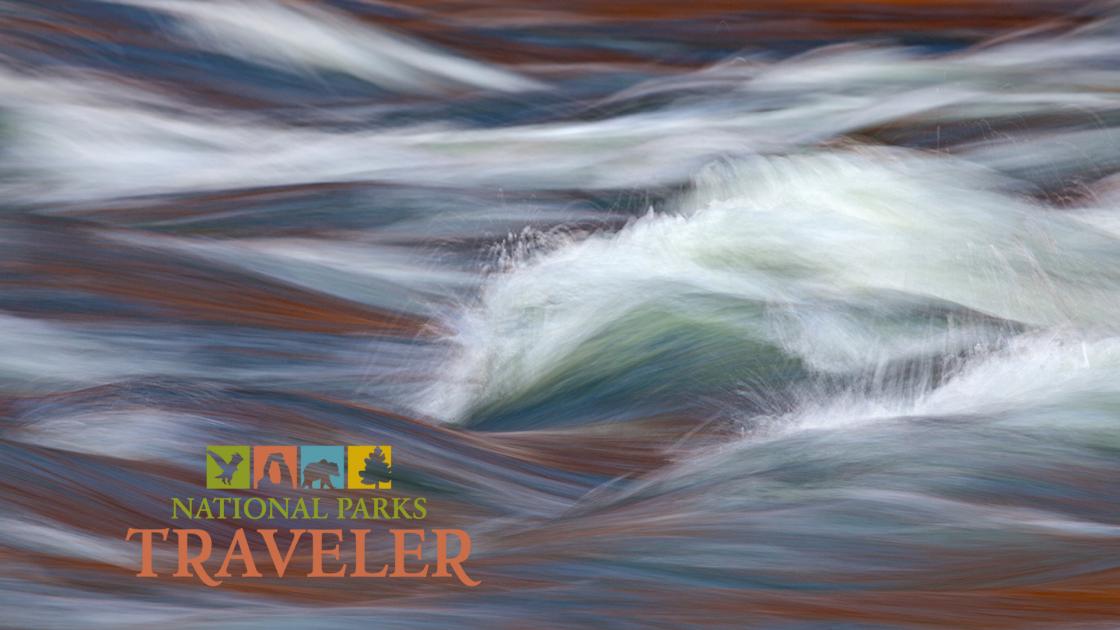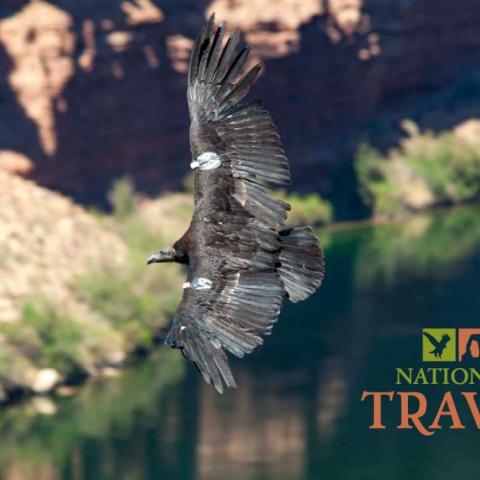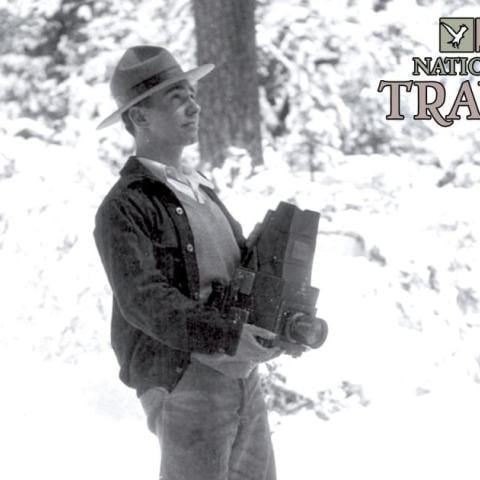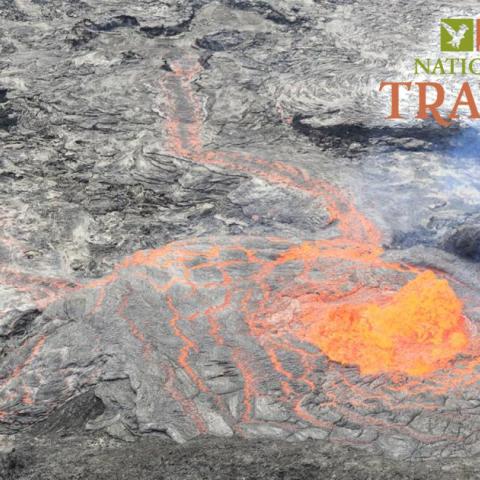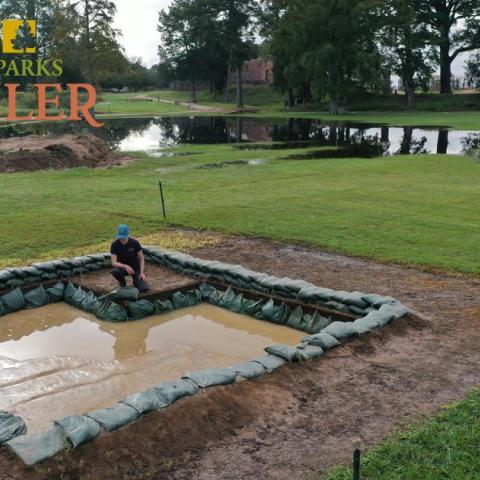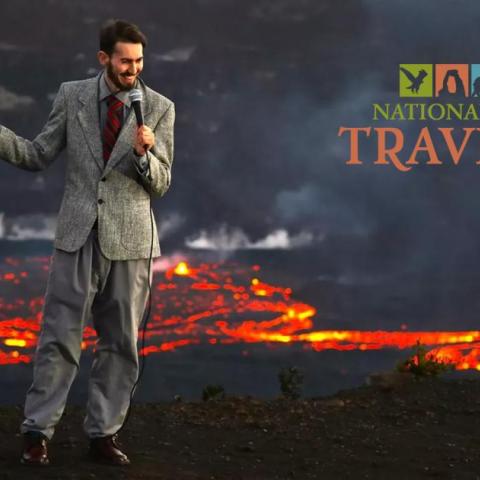Drought has gripped much of the Southwest for 20 years so far, maybe a little longer. The situation has seen Lake Powell at Glen Canyon National Recreation Area drop to about one-third of its full capacity, and Lake Mead downstream is running low, as well. Reduced flows below the Glen Canyon Dam into Grand Canyon National Park have impacted the ecology of that grand canyon and the recreational experience it long has offered.
The current drought shows that when the “Law of the River” compact was crafted in 1922, those who produced that water-sharing agreement between the Upper Basin states of Wyoming, Colorado, Utah and New Mexico and the Lower Basin states of Arizona, Nevada, and California very possibly were overly optimistic when they calculated the annual flows of the Colorado River.
For more than a year now, National Parks Traveler has reported on how the health of the Colorado River has impacted national parks along the way. Places like Canyonlands National Park, Glen Canyon National Recreation Area, and Grand Canyon National Park.
But the drought’s impacts are far-ranging, reaching up all the tributaries that feed into the Colorado River and other watersheds in the West and Southwest. Against this increasingly arid backdrop, photographer Colleen Miniuk sits down with Kurt Repanshek to discuss her new book that both celebrates and raises concerns about the water situation in the West.

